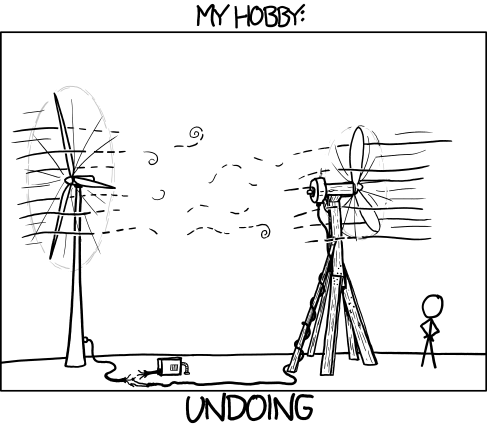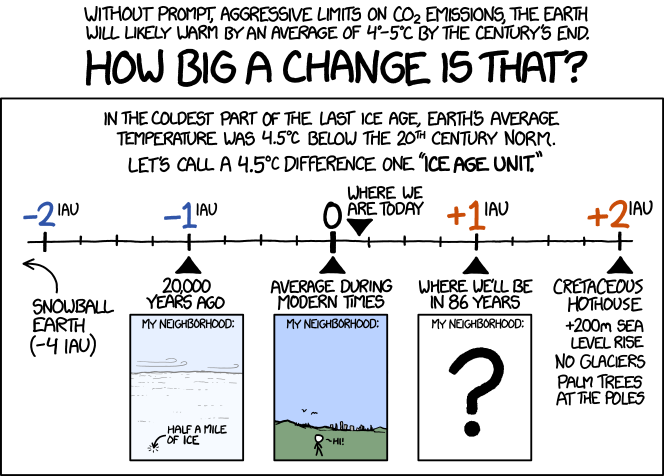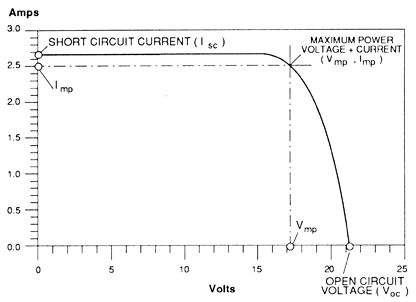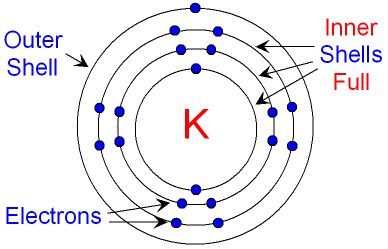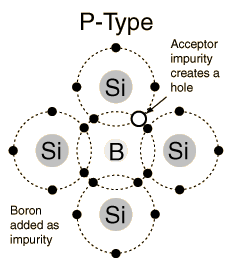Moore, J. S., Jones, K. S., Kennel, H., & Corcoran, S. (2008). 3-D analysis of semiconductor dopant distributions in a patterned structure using LEAP. Ultramicroscopy, 108(6), 536-539. Twitchett-
This analysis provides an interesting view of the three-dimensional structure of doped semiconductors on an atomic level. This then allows a useful analysis of the atomic structure of silicon as it relates to function. Thus, we can see how - not only silicon, but also other potential semiconductors - works as it relates to how it is made up. This can then allow us to see what properties of a material, on the atomic level, are most necessary or helpful in creating a semiconductor.
Harrison, A. C., Yates, T. J., Newcomb, S. B., Dunin-Borkowski, R. E., & Midgley, P. A. (2007). High-resolution three-dimensional mapping of semiconductor dopant potentials. Nano Letters, 7(7), 2020-2023.
This piece from a highly acclaimed journal, in many ways, logically continues the previous. It provides a mapping of the dopant potentials of various semiconductors, with a focus on silicon as a "typical" semiconductor. Thus, we can see how - not only silicon, but also other potential semiconductors - works as it relates to how it is made up.This lens allows us to view other potential semiconductors critically.
Byrnes, S. (2013, December 1). Maximum possible efficiency of a solar thermal energy system. Retrieved November 23, 2015, from http://sjbyrnes.com/ultimate_PV.html Cummings, T. (2013, June 8).
This article provides fascinating insight into the modes and methods of measuring efficiency. It poses the question - "what is efficiency?". From there, its data and analysis serves to expand upon this question, answering it and many others. The exploration into the efficiency of solar panels. Solar panels that are made with silicon, as well as solar panels that have been made with other materials.
Lens Experiment. Retrieved November 24, 2015, from http://laser.physics.sunysb.edu/~thomas/report1/lens_report.html Hall, N. (2015, May 5).
Second Law of Thermodynamics. Retrieved November 25, 2015, from https://www.grc.nasa.gov/www/k-12/airplane/thermo2.html Lewis, N. S. (2007). Toward cost-effective solar energy use. science,315(5813), 798-801.
The Science of the Silicon Solar Cell. (n.d.). Retrieved November 22, 2015, from http://science.sbcc.edu/~physics/flash/siliconsolarcell/index.html.
This analysis provides an interesting view of the three-dimensional structure of doped semiconductors on an atomic level. This then allows a useful analysis of the atomic structure of silicon as it relates to function. Thus, we can see how - not only silicon, but also other potential semiconductors - works as it relates to how it is made up. This can then allow us to see what properties of a material, on the atomic level, are most necessary or helpful in creating a semiconductor.
Redarc Electronics. (n.d.). Retrieved November 22, 2015, from http://www.redarc.com.au/solar/about/solarpanels/.
This website provides an insight into the actuality of solar panels. It is a look into how solar panels are currently sold in the real world. Having real world websites and sources is very, very helpful because it provides a nice complement to being mired in a the philosophical conceptions of "what if".
This analysis provides an interesting view of the three-dimensional structure of doped semiconductors on an atomic level. This then allows a useful analysis of the atomic structure of silicon as it relates to function. Thus, we can see how - not only silicon, but also other potential semiconductors - works as it relates to how it is made up. This can then allow us to see what properties of a material, on the atomic level, are most necessary or helpful in creating a semiconductor.
Harrison, A. C., Yates, T. J., Newcomb, S. B., Dunin-Borkowski, R. E., & Midgley, P. A. (2007). High-resolution three-dimensional mapping of semiconductor dopant potentials. Nano Letters, 7(7), 2020-2023.
This piece from a highly acclaimed journal, in many ways, logically continues the previous. It provides a mapping of the dopant potentials of various semiconductors, with a focus on silicon as a "typical" semiconductor. Thus, we can see how - not only silicon, but also other potential semiconductors - works as it relates to how it is made up.This lens allows us to view other potential semiconductors critically.
Byrnes, S. (2013, December 1). Maximum possible efficiency of a solar thermal energy system. Retrieved November 23, 2015, from http://sjbyrnes.com/ultimate_PV.html Cummings, T. (2013, June 8).
This article provides fascinating insight into the modes and methods of measuring efficiency. It poses the question - "what is efficiency?". From there, its data and analysis serves to expand upon this question, answering it and many others. The exploration into the efficiency of solar panels. Solar panels that are made with silicon, as well as solar panels that have been made with other materials.
Lens Experiment. Retrieved November 24, 2015, from http://laser.physics.sunysb.edu/~thomas/report1/lens_report.html Hall, N. (2015, May 5).
Second Law of Thermodynamics. Retrieved November 25, 2015, from https://www.grc.nasa.gov/www/k-12/airplane/thermo2.html Lewis, N. S. (2007). Toward cost-effective solar energy use. science,315(5813), 798-801.
The Science of the Silicon Solar Cell. (n.d.). Retrieved November 22, 2015, from http://science.sbcc.edu/~physics/flash/siliconsolarcell/index.html.
This analysis provides an interesting view of the three-dimensional structure of doped semiconductors on an atomic level. This then allows a useful analysis of the atomic structure of silicon as it relates to function. Thus, we can see how - not only silicon, but also other potential semiconductors - works as it relates to how it is made up. This can then allow us to see what properties of a material, on the atomic level, are most necessary or helpful in creating a semiconductor.
Redarc Electronics. (n.d.). Retrieved November 22, 2015, from http://www.redarc.com.au/solar/about/solarpanels/.
This website provides an insight into the actuality of solar panels. It is a look into how solar panels are currently sold in the real world. Having real world websites and sources is very, very helpful because it provides a nice complement to being mired in a the philosophical conceptions of "what if".


